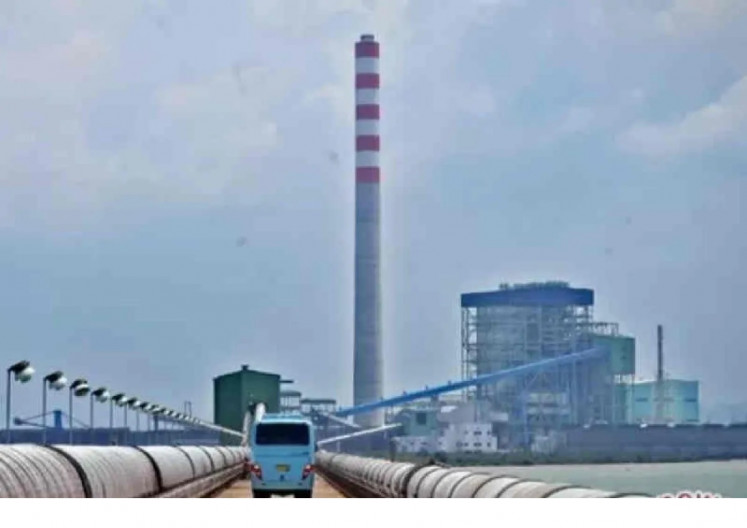Popular Reads
Top Results
Can't find what you're looking for?
View all search resultsPopular Reads
Top Results
Can't find what you're looking for?
View all search resultsLocals help protect Kelimutu national park
If there is one thing Kelimutu National Park officials have learned about preserving the park, it is the importance of community involvement
Change text size
Gift Premium Articles
to Anyone
I
f there is one thing Kelimutu National Park officials have learned about preserving the park, it is the importance of community involvement.
Spanning an area of some 5,300 hectares designated official parkland since 1992, Kelimutu is home to the famous three-colored crater lakes, an arboretum showcasing endemic flora in the area, including Begonia kelimutuensis, Rhododendron renschianum, Vaccinium varingiaefolium. The park is also home to the garugiwa bird (Pachycephala nudigula), which is known for its broad range of chirping vocals.
Kelimutu National Park forest ranger chief Thomas Dethan said that in the early years of the past decade, park rangers and the Saga village community, one of the 23 villages near Kelimutu National Park, were involved in a bitter spat because rangers carried arms whenever they made their rounds.
“The dispute started because of miscommunication between the people and us over the status of Kelimutu National Park. The people rejected the idea of a national park. Perhaps we did not explain the matter thoroughly,” he said.
Becoming a national park entailed the implementation of a set of regulations prohibiting locals from taking resources from the park, a place many locals considered their own backyard. Many cases across Indonesia have shown that miscommunication of similar regulations had also often led to conflict. Border disputes were also rife, especially when the government set national park borders without consulting the people who had lived in nearby areas for generations.
Thomas said that during 2002 and 2003, local people occasionally entered the national park area and cut down hundreds of Eucalyptus europila trees. However, the people did not take the trees, but merely left the logs, he added.
“They did that to show their objections toward the park,” he said.
Fortunately, conditions improved in 2003 after there was a change of leadership in the national park.
The new park head approached tribal chiefs in 23 villages near Kelimutu National Park and slowly built more cordial relations with them. Another factor that helped boost the people’s awareness of the importance of the national park was a flood that swept over the river banks that year.
The people realized that there was a strong relation between deforestation and natural disasters, Thomas said. The rift died down after that and the rangers started to share responsibility in guarding the park with the communities, he added.
The traditional legal process proved to be very effective when applied by the locals, as the penalties imposed were very heavy, he said, adding that fines set by the community’s tribal leadership usually involved a pig of a certain size, and sometimes several other items.
“We are grateful that the communities are willing to work with us. It lifts some of the burden from us, since there are only 17 forest rangers in Kelimutu National Park, while 70 percent of the park borders the communities’ areas,” he said.
Thomas said rangers now maintain relationships with the communities by visiting them several times a month, adding that the park management even held annual events in collaboration with the communities.
“One of the events is the ceremony of Pati Ka Du’a Bapu Ata Mata, meaning to feed the dead, which falls on August 14. We invite the tribal chiefs to perform the ceremony,” he said.
Although the communities have become partners in preserving the national park, Thomas said that the park now faced new challenges from tourists. He said that he found several cases where tourists took begonias or other endemic flora. “Perpetrators tucked them inside their sleeves,” he said.
“In the future, we hope that the communities can guard the park, while we only supervise and help if there are cases they can not solve by themselves,” Thomas said.










